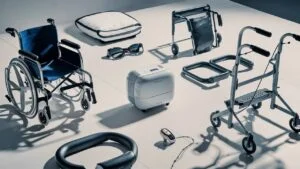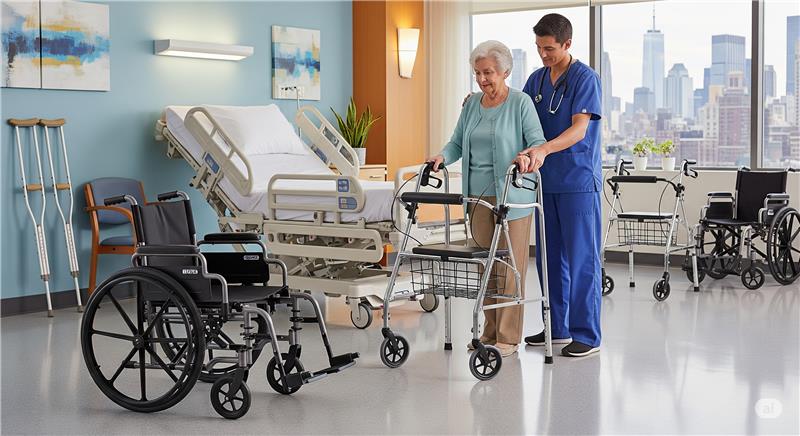What is Durable Medical Equipment (DME) and Why It’s Essential for Patient Care in New York
What is Durable Medical Equipment (DME) and Why It’s Essential for Patient Care in New York
When it comes to managing health conditions and improving quality of life, Durable Medical Equipment (DME) plays a crucial role for many patients. At Alfa Healthcare Supply Inc., located in Floral Park, New York, we are dedicated to providing high-quality and affordable medical supplies to support your healthcare journey. But what exactly is DME, and why is it essential for patient care here in New York? Let’s explore.
What is Durable Medical Equipment (DME)?
Durable Medical Equipment (DME) refers to medical devices and supplies that are designed to be reusable and long-lasting to assist patients in their daily medical needs. Unlike disposable medical supplies, DME includes items that can be used repeatedly over time to improve mobility, safety, and health management.
Common examples of DME include:
- Wheelchairs and walkers
- Hospital beds and mattresses
- Orthopedic braces and supports
- Diabetes care supplies like glucose monitors and diabetic shoes
- Compression stockings
- Respiratory equipment such as nebulizers and oxygen tanks
- Incontinence supplies
These items offer practical support for patients dealing with chronic illnesses, recovering from surgery, managing disabilities, or needing assistance with mobility.
Why is DME Essential for Patient Care in New York?
- Improves Patient Mobility and Independence
For many New Yorkers facing health challenges, DME provides the freedom to move safely and independently at home or in public. Mobility aids such as wheelchairs and walkers can prevent falls, reduce pain, and enhance daily activity participation. - Supports Chronic Disease Management
New York State has a significant population managing chronic conditions like diabetes, arthritis, COPD, and heart disease. DME such as diabetic supplies, orthopedic supports, and respiratory equipment are vital tools that help patients control symptoms and avoid complications.
- Enhances Recovery and Rehabilitation
After surgeries or injuries, proper equipment is crucial for recovery. Durable medical equipment like hospital beds, braces, and wound care supplies assist patients in healing comfortably while reducing caregiver strain.
- Accessibility and Affordability Through Local Providers
Access to durable medical equipment can be challenging without a trusted local supplier. Alfa Healthcare Supply Inc. offers personalized consultations, insurance assistance, and fast, reliable delivery throughout New York, ensuring patients get the equipment they need without delay.
- Supports Aging Population Needs
New York’s aging population increasingly relies on DME to maintain quality of life. From orthotic shoes to incontinence supplies and mobility aids, our products help seniors stay safe, comfortable, and active in their communities.
How Alfa Healthcare Supply Inc. Helps You Access Quality DME in New York
At Alfa Healthcare Supply Inc., our mission is to make durable medical equipment accessible and affordable for everyone in the New York area. Our key offerings include:
- A wide selection of premium diabetic, orthopedic, respiratory, and incontinence supplies.
- Assistance with insurance claims and verification to ensure coverage.
- Expert guidance from healthcare professionals familiar with local patient needs.
- Convenient online ordering with detailed instructions and customer support.
- Commitment to timely delivery and quality customer care.
Conclusion
Durable Medical Equipment (DME) is more than just medical devices — it’s a fundamental part of healthcare that helps New Yorkers live healthier, safer, and more independent lives. Whether you are managing a chronic illness, recovering from surgery, or caring for a loved one, Alfa Healthcare Supply Inc. is here to provide the quality support and equipment you deserve.

What is Durable Medical Equipment (DME)?
Durable Medical Equipment (DME) refers to medical devices and supplies that are designed to be reusable and long-lasting to assist patients in their daily medical needs. Unlike disposable medical supplies, DME includes items that can be used repeatedly over time to improve mobility, safety, and health management.




